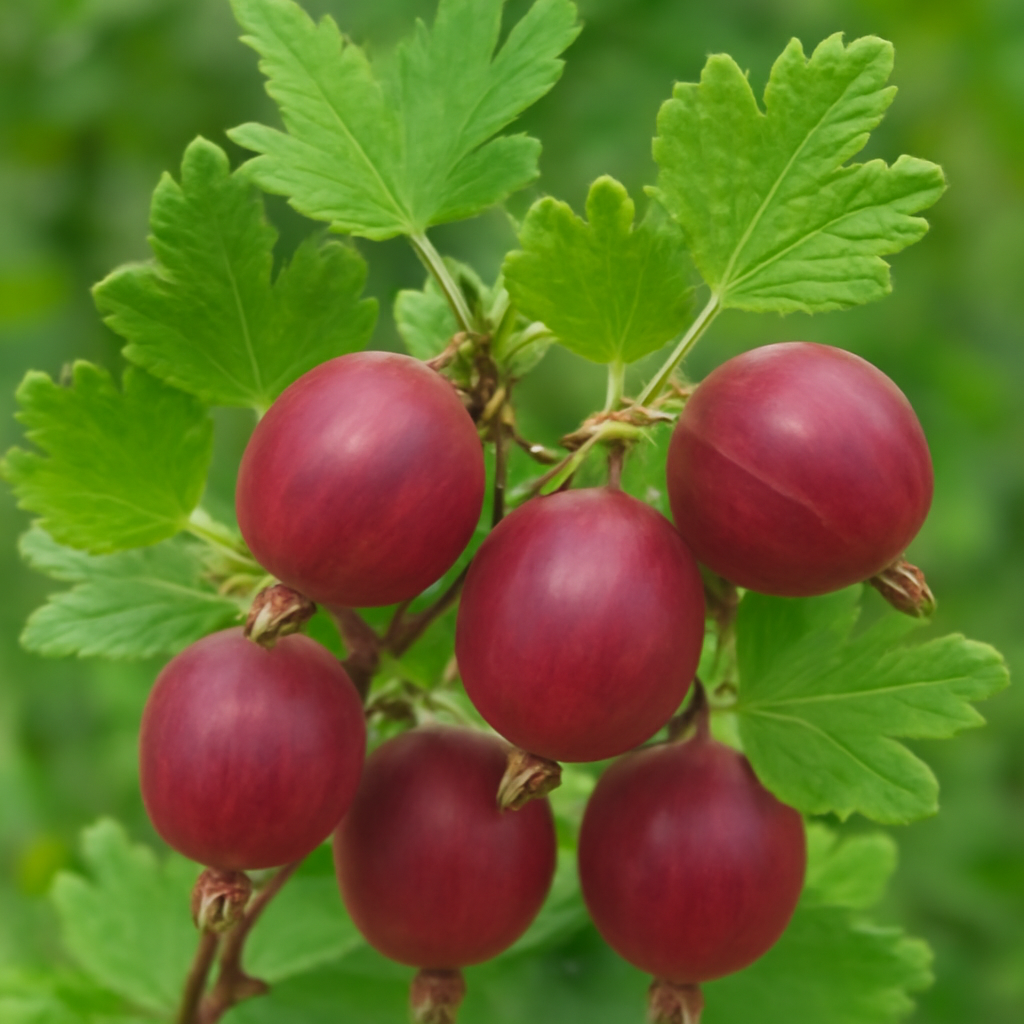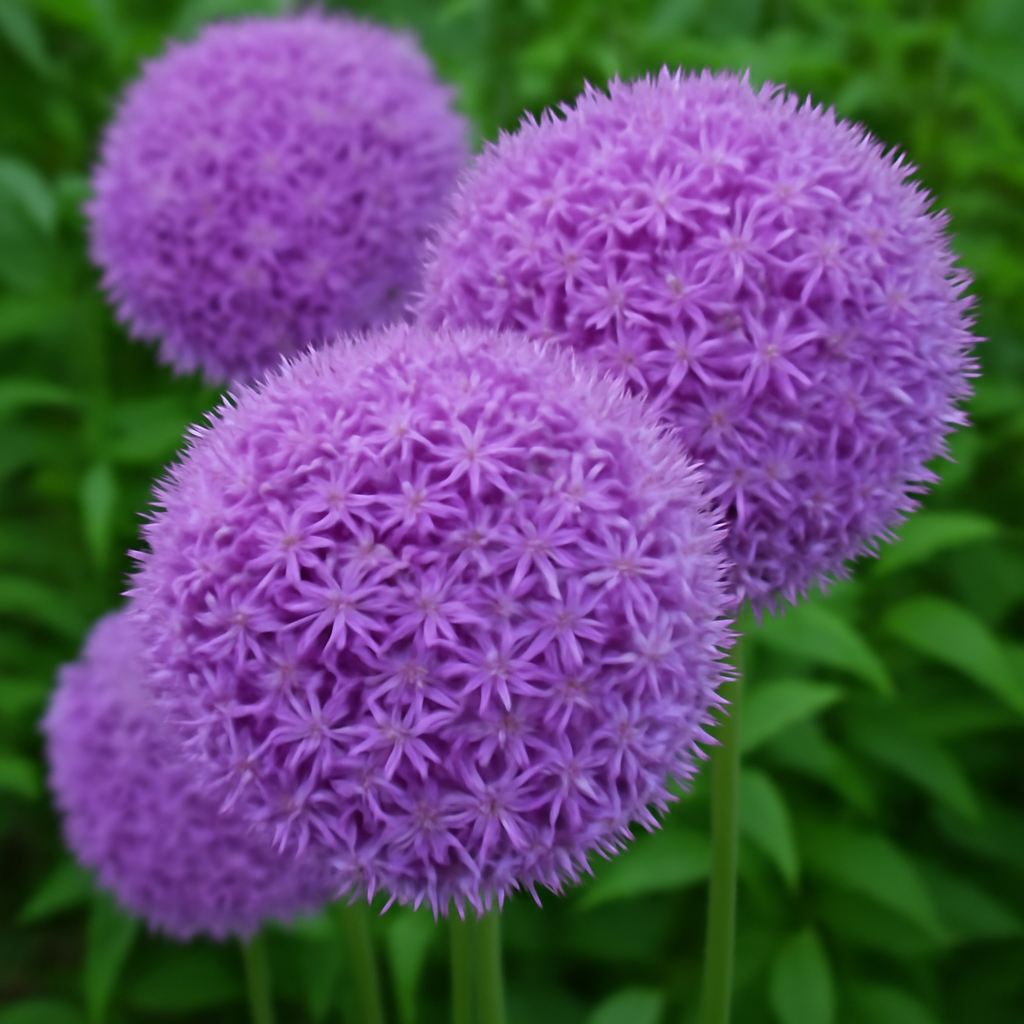Beaked Hazelnut: A Nutty Delight for Your Organic Garden
About Beaked Hazelnut
The Beaked Hazelnut (Corylus cornuta) is a hardy, deciduous shrub known for its delicious, nutrient-packed nuts and unique beaked husks. This native North American species is an excellent choice for organic gardeners who want to grow nut-bearing plants with minimal care. The Beaked Hazelnut tree produces small, sweet-tasting nuts encased in a distinctive, long husk, which gives it its name.
At Organicindiaseeds.com we offer organic Beaked Hazelnut seeds to help you grow your own nut-bearing shrub for fresh, healthy snacks, baking, or even wildlife feeding.

Why Grow Beaked Hazelnut?
The Beaked Hazelnut is an excellent addition to any garden for several reasons:
-
Nutritional Value: The hazelnuts produced by this shrub are a rich source of vitamins, minerals, and healthy fats, making them perfect for snacking or using in cooking.
-
Wildlife Friendly: The plant attracts wildlife, including squirrels, birds, and other small mammals, making it a great choice for a wildlife-friendly garden.
-
Low Maintenance: This hardy shrub is relatively low-maintenance and can grow in a variety of soil types, making it perfect for organic gardeners seeking a sustainable and reliable nut-bearing plant.
-
Hardy Plant: It thrives in temperate regions and can tolerate a wide range of temperatures and environmental conditions.
When to Plant Beaked Hazelnut
Beaked Hazelnut should be planted in early spring after the last frost. If you're planting from seeds, it's best to start them in late winter or early spring in a cold frame or outdoors, as they require a cold stratification period for optimal germination. After the seeds are stratified (cold-treated), plant them in well-drained soil and space them about 3–4 feet apart to allow for growth.
Where to Grow Beaked Hazelnut
Beaked Hazelnuts prefer full sun to partial shade. They grow best in well-drained soil that is slightly acidic to neutral, with a pH of 5.5 to 7.5. These shrubs are adaptable and can thrive in various soil conditions, from sandy to loamy.
They are often grown as hedges, wildlife barriers, or in permaculture gardens, where they can provide a natural food source for animals and humans alike. While Beaked Hazelnut shrubs can tolerate drought conditions, they will thrive with regular watering, especially in dry climates.
How to Grow Beaked Hazelnut

-
Soil Preparation: Beaked Hazelnuts prefer well-drained soil rich in organic matter. Amend the soil with organic compost or manure to improve fertility.
-
Planting Seeds: Plant Beaked Hazelnut seeds about 1–2 inches deep. If you are transplanting young shrubs, make sure to space them at least 3–4 feet apart to allow for proper root and branch development.
-
Watering: Keep the soil evenly moist, especially during the establishment phase. Once the plant is established, it becomes more drought-tolerant, but consistent moisture is essential for good growth.
-
Pruning: Prune in late winter or early spring to maintain a strong structure and remove any dead or damaged wood. This encourages healthy new growth and improves air circulation.
How to Care for Beaked Hazelnut
Beaked Hazelnut shrubs are relatively low-maintenance but benefit from regular care:
-
Watering: Ensure the plant receives adequate water, especially during dry spells, but avoid overwatering, as this can cause root rot.
-
Mulching: Apply a layer of organic mulch around the base of the plant to retain moisture and prevent weed competition.
-
Pruning: Light pruning helps maintain the shape and health of the shrub, but avoid heavy pruning as it can reduce nut production.
-
Pest Control: Beaked Hazelnuts are generally pest-resistant. However, be on the lookout for common garden pests like aphids or spider mites. Use organic pest control methods such as neem oil or insecticidal soap if needed.
Companion Plants for Beaked Hazelnut

The Beaked Hazelnut grows well alongside a variety of other plants. It pairs beautifully with other native shrubs like elderberry, serviceberry, and highbush cranberry, creating a wildlife-friendly hedge or border.
This plant also makes a great companion for fruit trees like apples or pears, as it provides additional support for pollinators like bees.
Consider planting ground cover plants like clover around the base to help with nitrogen fixation and prevent soil erosion.
Harvesting Beaked Hazelnut
Beaked Hazelnuts begin to produce nuts in 2–3 years, and the nuts ripen in late summer to early fall. The nuts are encased in a hard, beaked husk, which protects them from pests and the elements.
To harvest the nuts, gently pull off the husks once they are mature and slightly dry. Remove the nuts and store them in a cool, dry place. They can be eaten fresh, roasted, or stored for later use. Hazelnuts can also be used in baking or as a topping for salads and desserts.
Final Thoughts on Beaked Hazelnut
The Beaked Hazelnut is a great addition to any organic garden, providing both delicious nuts and wildlife support. Its hardiness and ease of care make it an ideal plant for sustainable gardens, and its versatility in cooking and baking adds value to any gardener’s harvest.
For organic Beaked Hazelnut seeds, visit Organicindiaseeds.com and start growing this unique and beneficial shrub in your garden today!



اترك تعليقًا
This site is protected by hCaptcha and the hCaptcha Privacy Policy and Terms of Service apply.